C. F. Martin adds new upgrades and new models
The venerable Standard Series just got better
For NAMM 2025, the models of Martin’s Standard Series received upgrades to the neck and bracing. The results are a collection of classic Martin model that sound more open and resonant, and perform with enhanced playability. Upgrades include Golden Era style bracing to all Standard Series models, which has more wood removed from the X-brace and tone bars than previous Standard Series bracing. This includes forward-shifted GE scalloped bracing on all dreadnought Standard Series models, except the D-35.
That is not a typo. The 2025 D-28 has scalloped bracing for the first time since the mid-1940s. So now, the D-28 and HD-28 are identical except for the cosmetics. The D-28 body and fingerboard resemble a 1950s D-28. The HD-28’s body and board look like a 1930s D-28. The D-35 retains its forward-shifted, non-scalloped 1/4″ bracing from the previous version, but gets all the other 2025 upgrades.
The bridge has thinner wings, with a soft slope from the bridge pins for added comfort for people who use palm-muting techniques.There are now bone bridge pins as a standard feature.
The fingerboard is also thinner. The height is now reduced to that of the Authentic Series fingerboards, which is on par with real 1930s Martins.
NEW MODELS
There are new models in the 2025 Standard Series: The 000-17 and D-17 make their debut in the Standard Series, with considerably improved specs from previous modern guitars designated as Style 17.
The OM-45 stands out on its own as a top-shelf Martin featuring similar appointments to the flagship D-45, but with an Auditorium Size body. It is a long-awaited addition that has the added benefits of waiting for the new Standard Series upgrades.
The Grand J-28E DN is Martins first commercially available double-neck, with a 12-string neck and a 6-string neck. Given the fact it has already been seen in public in the hands of John Mayer and other professional players, sales are already outperforming expectations.
In addition, there is a Special Edition model that has the new Standard Series build, but a most unusual body shape. The HG-28 O’ahu has koa back and sides, and a spruce top that looks like a smaller version of the slope-shoulder dreadnought models, but with 000 depth to the sides.
It commemorates Martin’s involvement in traditional Hawaiian music since their first steel-string models made in 1916 for slack key players. While somewhat similar to the Major Kealakai models, the HG-28 was inspired by an obscure Hawaiian guitar made by Gibson in the early 1920s, which had a body shape surprisingly similar to the larger dreadnought models Martin had been making for the Ditson musical instrument shops at that time.
GE Bracing
Click to Enlarge
Golden Era bracing is now a standard feature of the Martin guitars that set the worldwide standard for a professional level acoustic guitar. The shaping of the scalloped braces and tone bars removes more mass from previous bracing, making them more flexible, leading to a soundboard with increased responsiveness. Each frequency-damping node at the peak of each scallop are narrower, making the targeted damping area more precise, honing the tone even further.
Click to Enlarge
The main X brace is tapered all the way up to wear the center of the X. The small tone bars on either side of the sound hole are carved to a peak, much more like prewar bracing. The main tone bars that run across the bottom bout also have a lengthier taper and different angle they they rise up to the peaks of the scalloping. The bridge plate appears to be narrower, again more like a pre-war Martin.
Click to Enlarge
The venerable D-28 is receiving scalloped bracing for the first time since the 1940s. This will mean it has the same bracing as the HD-28 and the difference will be the 1950s look on the D-28 vs. the 1930s look on the HD-28. In the last decades of the twentieth century, the HD tended to get higher grade tops, even though both models were designated as Grade 5/6. It is unclear if that will happen in this case.
Click to Enlarge
The D-35 remains 1/4″ non-scalloped bracing, but it is not exactly the same shaping as previous years.
GE Modified Low Oval Profile
The neck retains the Modified Low Oval profile and High Performance fingerboard shaping that advanced the Standard Series in the previous “reimagined” upgrade in 2018. This means the nut width remains 1-3/4″ while the width at the 12th fret remains 2-1/8″. But there is an elongated diamond valuate at the back of the neck where it meets the headstock, resembling vintage Martin volutes, and the heel where the neck meets the body has adopted the narrow shaping used on the Martin’s Modern Deluxe series, which resembles heels from the 1930s but with a narrower width. The combination adds subtle changes to the feel along the neck, enhanced further by the tweak to the string spacing at the nut and the alterations where the neck meets the fingerboard, which has been reduced in depth to the same specs used on Martins elite Authentic Series models.
This new Golden Era modified low oval neck profile and reduced fingerboard combination had a sneak preview when Martin released the O’ahu HG-28 near the end of 2024.
Style 17 Reborn
The new 17s receive full Standard Series construction, including (according to my insider sources) “Genuine Mahogany” back, sides, and top, even if that is not reflected on the spec sheet (so no guarantee on how long they will remain thus.) They also feature the full-size dovetail neck joint with solid mahogany neck block, and the (new to the Standard Series in 2025) Sitka spruce Golden Era bracing, which has reduced mass and more-precise damping nodes thanks to the narrower peaks on each brace and tone bar, as found on the Modern Deluxe models.
They retain the satin finish of a pre-war Style 17 instrument, and the modest appointments that are now seen on the 15 Series (short pattern diamond fret markers on an ebony fingerboard,) which originated on the original 00-17 from the 1930s.
Click to Enlarge
OM-45 Returns
The OM-45 looks like the OM-45 introduced in 1990, with the large hexagon fret position markers. But otherwise, it has the vintage Martin appointments seen on recent Standard Series Martins and the GE bracing and the GE Modified Low Oval Profile neck shape that is as of today, a NEW feature of all Standard Series Martins. This includes a more 1930s shaping to the volute to the back of the neck where it meets the headstock, along with the more vintage-esque heel shape that looks vintage but has less mass (e.g. as used on the Modern Deluxe Series) which result in a subtly different feel the entire neck compared to previous Standard Series models.
UPDATE: Exclusive review of the Martin OM-45 Here.
Intelligent Improvements
The Authentic Series fingerboard depth should allow more energy to make its way from the fretted strings down to the body where it will contribute to tone production. The change in fingerboard depth brought about other tweaks.
There is a “comfort bevel edge” where the fingerboard meets the mahogany neck that should be welcome by most players. The string spacing has received an (unannounced) tweak at the nut, and to the string angle as it crosses the nut between fingerboard and headstock has also changed. Known as “on-angle,” this is yet another spec from prewar Martins that founds its way on the modern Authentic Series models, and now is being resurrected on the “standard” models that descended from those legendary Martins from the 1930s.
Having now played several of the 2025 Martins, I can say that all these changes add up to a surprisingly satisfying improvement how they play and how they sound. And that is saying something, considering how great they were before the changes were introduced.
Retro Plus Arrives
In other Martin news, there are also two very exciting new models added at the top of the Road Series, the DE Retro Plus and the 000E Retro Plus. These new Road Series instruments receive appointments that look a lot like the D-18 and 000-18. But while they retain the Road series Performing Artist neck profile (which I love) and Tusq saddle (which I am not crazy about) they have a full gloss body and a TORRIFIED top.
Click to Enlarge
A discussion of the newly “refreshed” Standard Series and Road Series models will appear later today on the Martins and More podcast, found on major pod platforms and YouTube, and of course full reviews of these new models will appear at One Man’s Guitar as soon as my busy life allows me to edit the video from the factory and write up the exclusive reviews.
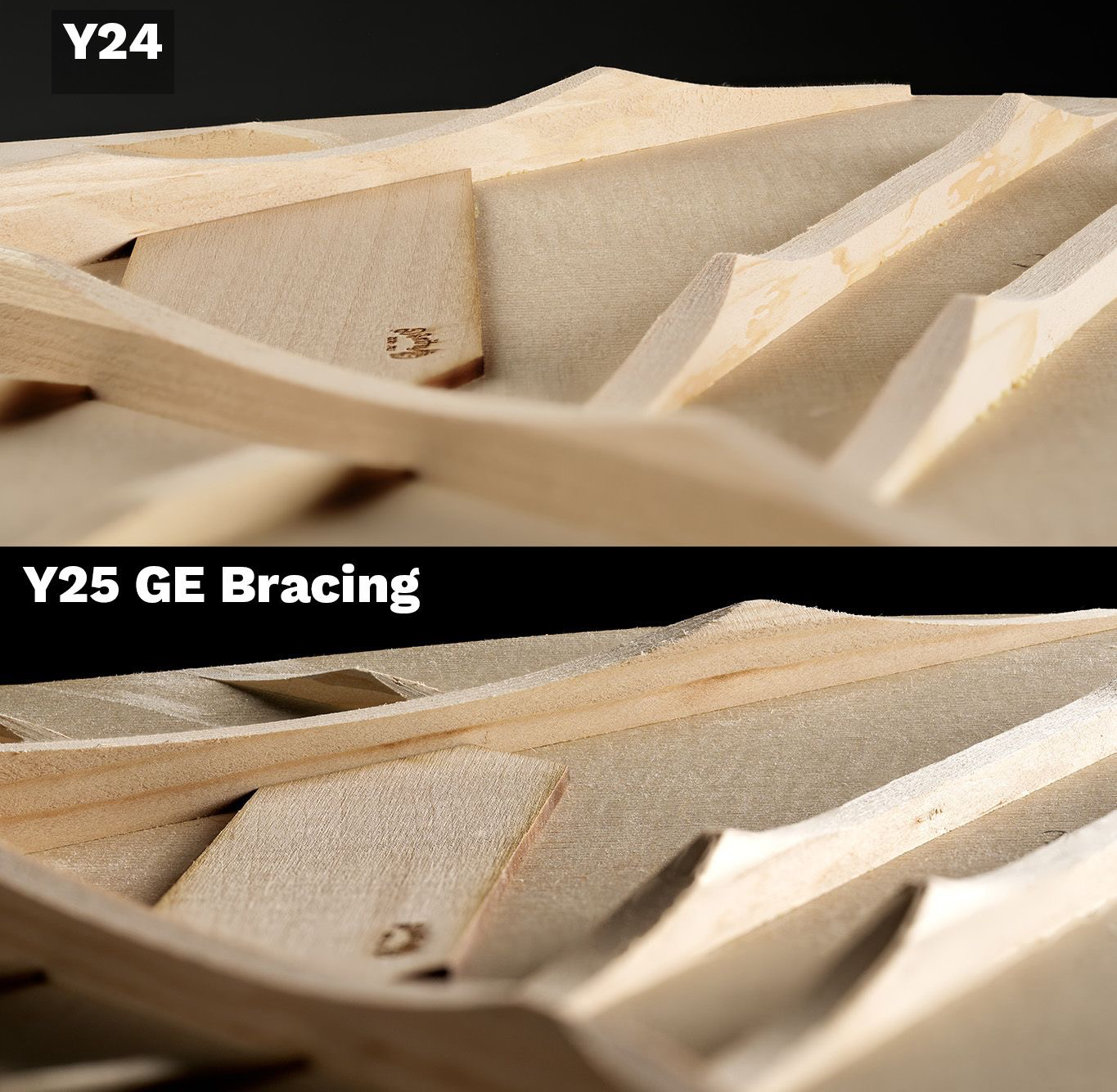
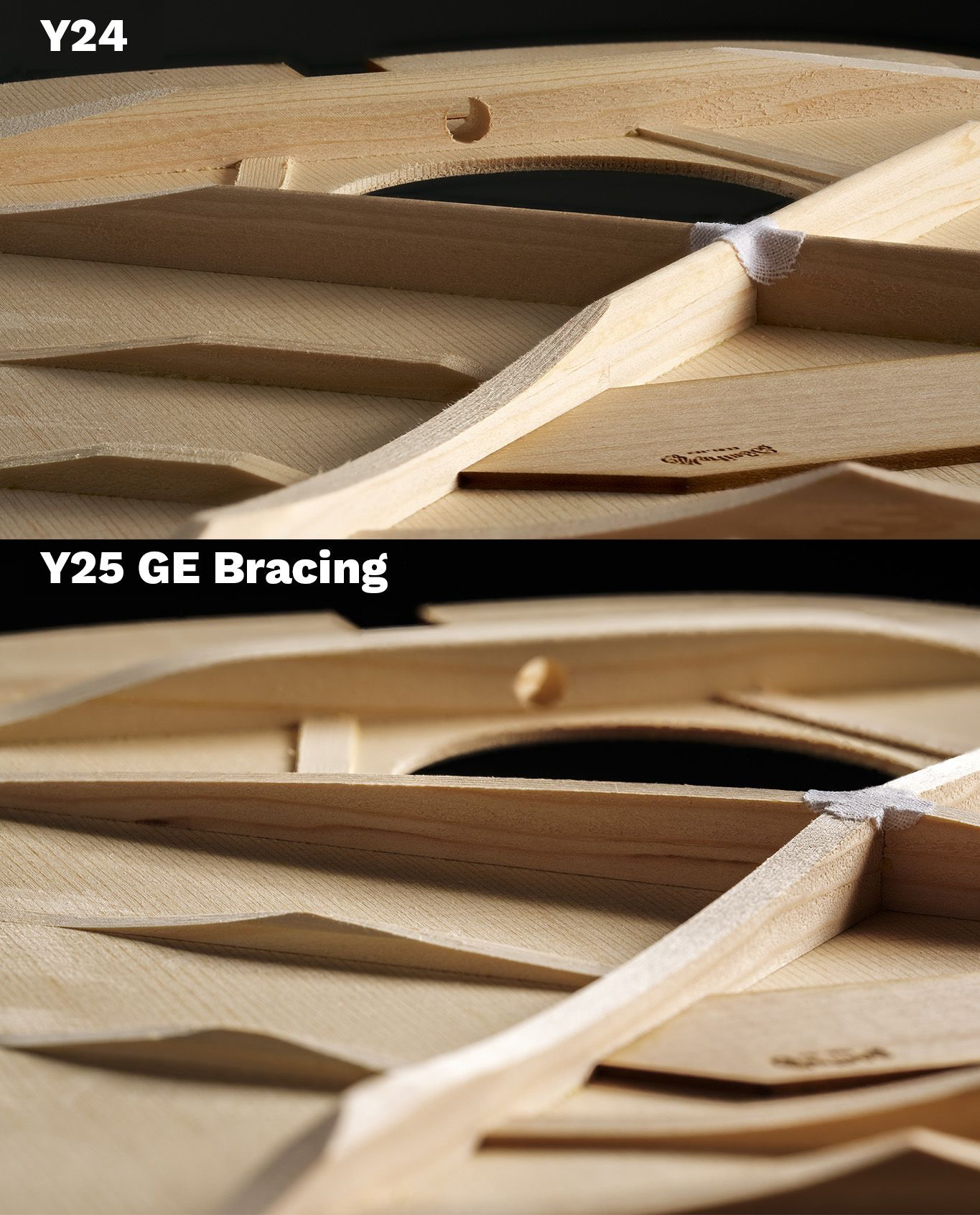
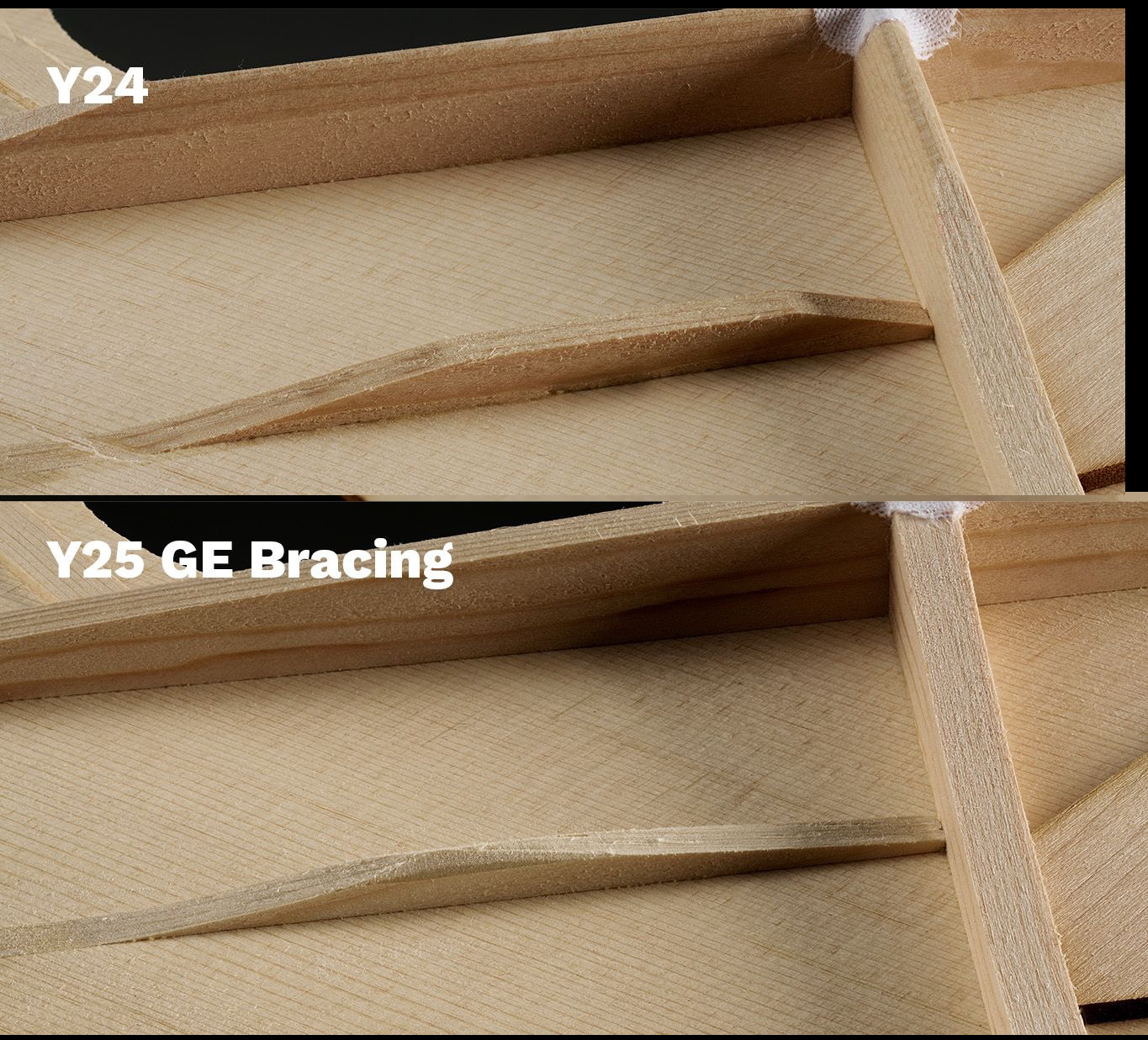
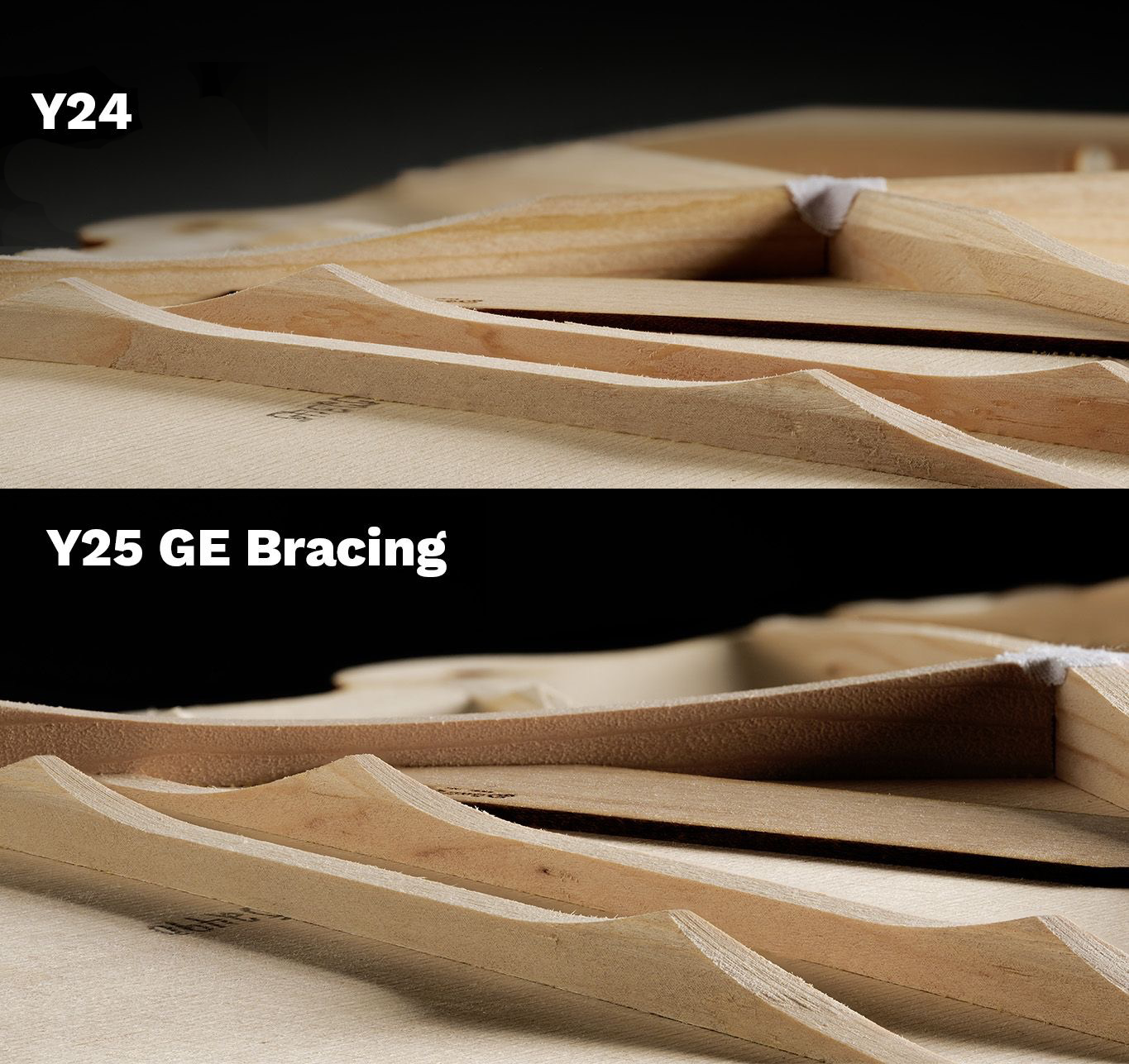
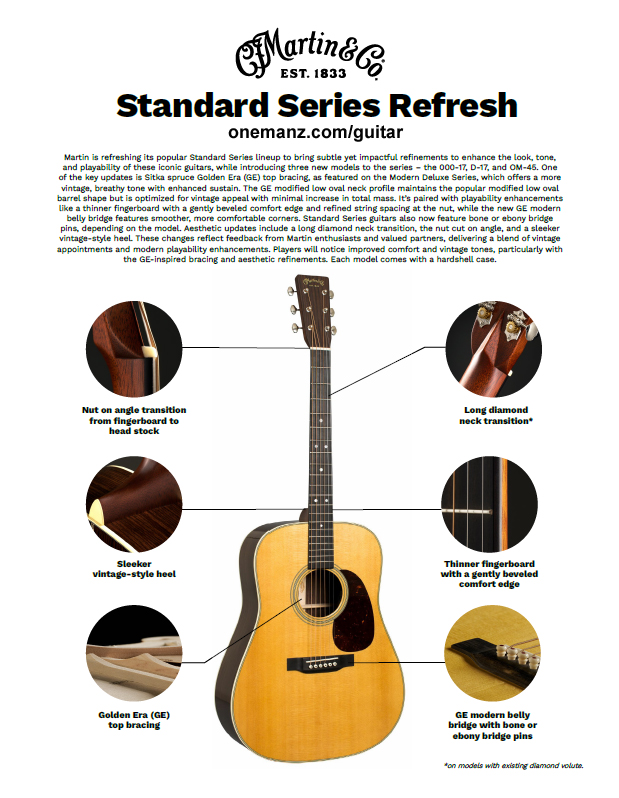
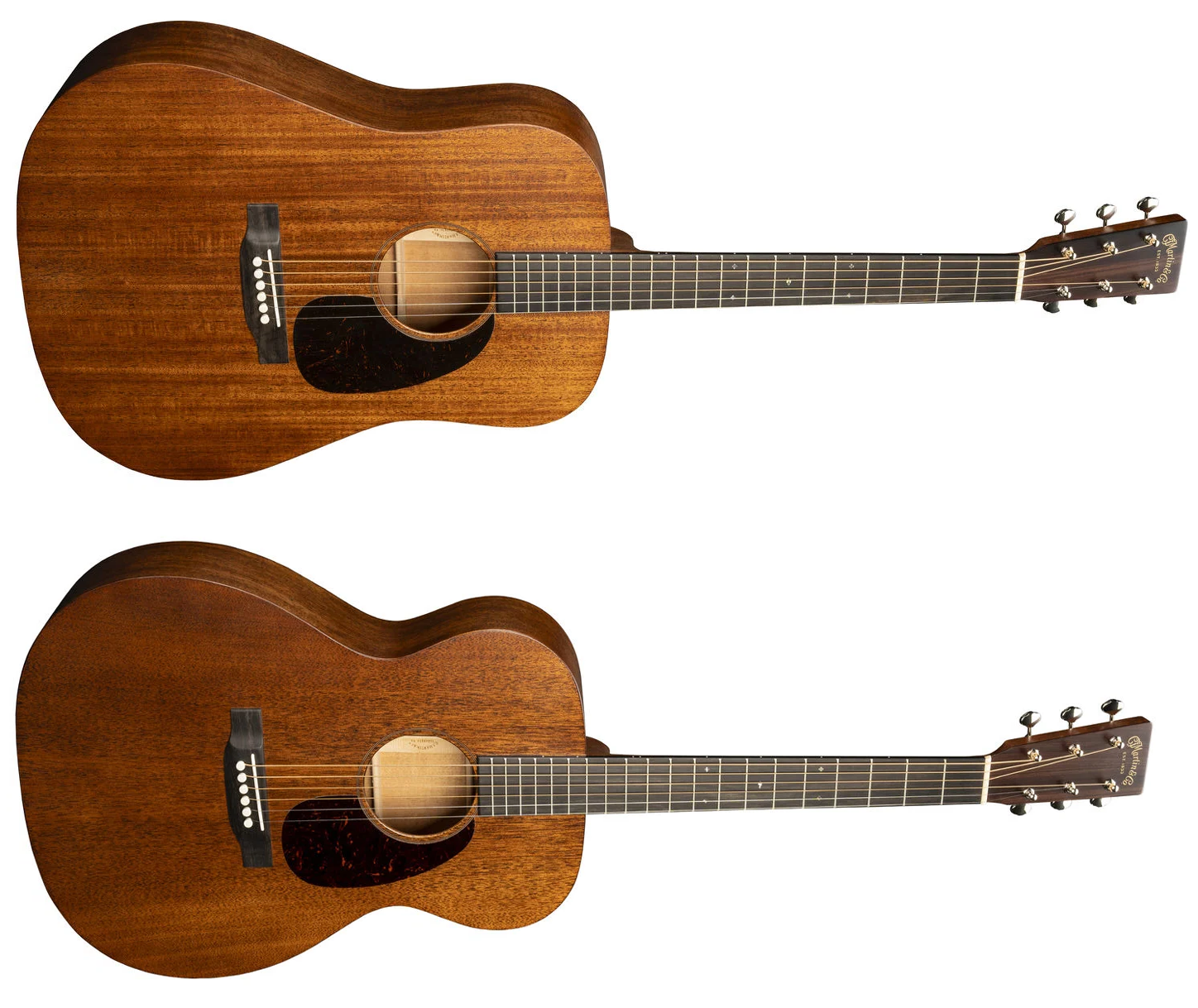
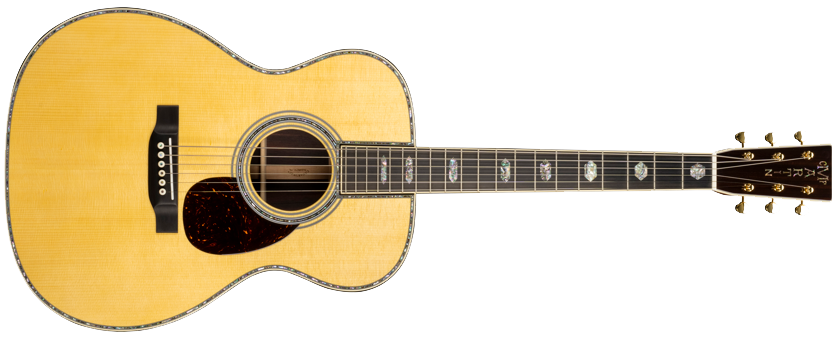
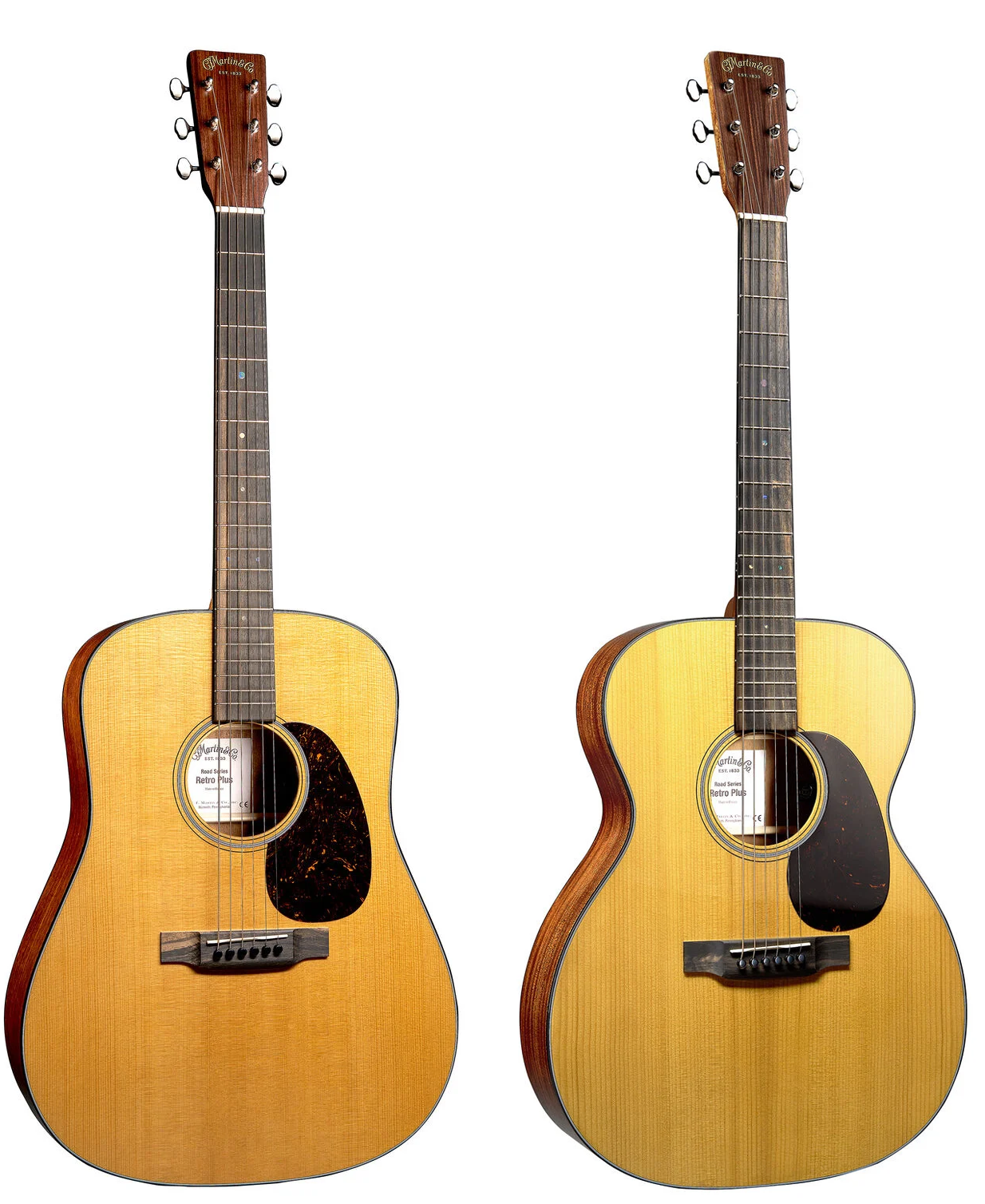
Thanks for the info on these improvements Spoon.
Excited news !
But concerning the long diamond neck transition, I have this one on a 000-28VS and I find that it is more difficult to place a capo on the first fret.